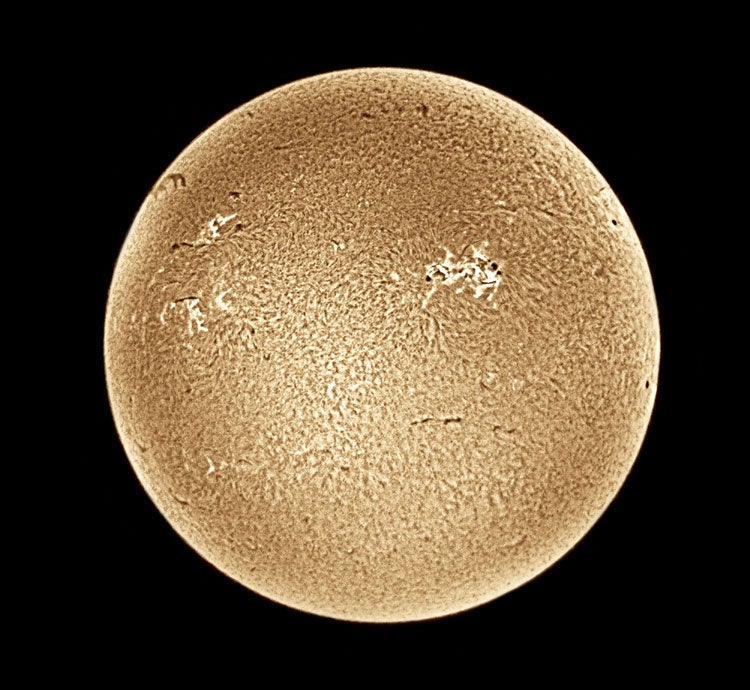Stars of the show: Celebrating the beauty of the night sky
The night sky has been inspiring artists for centuries. Now scientists are celebrating its beauty. Tim Walker discovers how they captured the magic of the heavens

As long ago as 1054 AD, Chinese and Arabic astronomers looked up to see an unfamiliar star exploding in the constellation of Taurus, 6,000 light years from Earth. Without telescopes, the scientists tracked the star's progress and recorded their findings with great accuracy. Almost a millennium later, that blooming supernova, the Crab Nebula, is still exploding. Photographed by Nasa in 2001, the dying star does indeed resemble some mysterious sea creature.
The image appears in a new exhibition of stunning astrophotography organised by the Science Photo Library (SPL), as part of 2009's International Year of Astronomy, From Earth to the Universe – which opens at the Albert Dock in Liverpool on Saturday. Next year, the organisers hope, the images will be displayed in public spaces around the world.
"The pictures were primarily chosen for their aesthetic appeal," explains the curator, Gary Evans. "But we also chose things with a scientific story to tell. If people say, 'Wow, that's cool,' we've done our job. If they say 'Wow, I wonder what it is?' then that's even better."
A variety of techniques produced the images. A composite image of Earth was generated with satellite data, merging images of surface cover, cloud cover and city lights to create a striking "blue marble" portrait.
One image from the Hubble telescope, says Evans, was taken the last time a new camera was fitted. Scientists trained the lens on an area of sky with the least stars foregrounded to look far into deep space. They exposed a single frame for almost 12 days and found objects as far as 13 billion light years away.
Not all the exhibition photos boast such a sophisticated genesis, however. One time-lapse shot, tracking the movement of Venus across the Sun, was taken by Eckhard Slawik in Waldenburg, Germany, using little more than a home telescope and a digital camera.
To purchase copies of any of the exhibition images go to www.sciencephoto.com
Join our commenting forum
Join thought-provoking conversations, follow other Independent readers and see their replies
0Comments